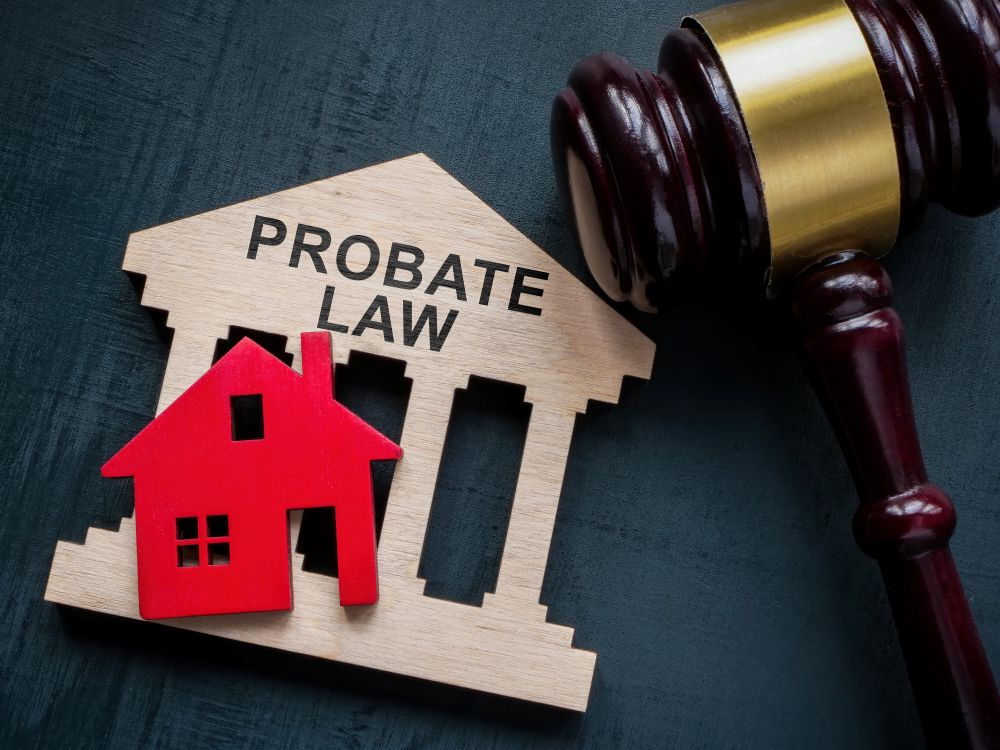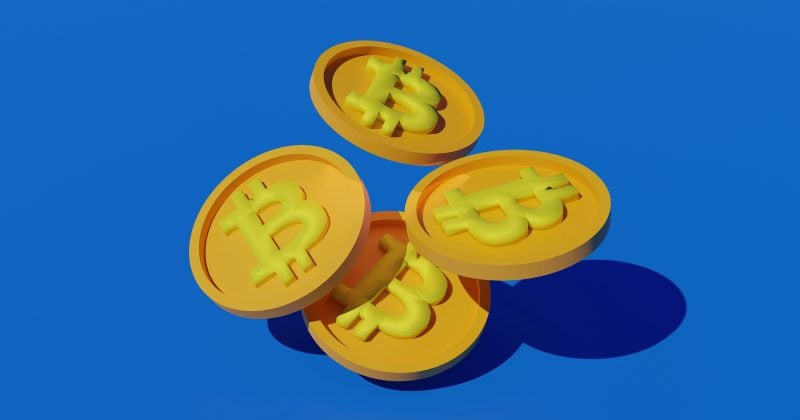Working as an independent contractor offers flexibility and autonomy, but it also means taking full responsibility for your taxes. Unlike employees, contractors don’t have income or payroll taxes withheld. This guide aims to explain why that matters and how to stay compliant.
Understanding Your Tax Status
As an independent contractor, you are considered self-employed. This classification has several major differences from traditional employees.
You receive gross pay with no tax withheld. You must set aside funds for income and payroll taxes
You pay self‑employment tax (a rate of 15.3%, split into Social Security (12.4%) and Medicare (2.9%)) on your net self-employment earnings
You can deduct half of this tax as an adjustment to income on Form 1040
Worker classification matters. Misclassification can lead to fines and back taxes. The IRS evaluates factors such as control, investment, and independence via guidelines like the SS‑8 form and twenty-factor test
How to Know If You’re an Independent Contractor
You are generally considered an independent contractor if you:
Work for multiple clients or businesses, not just one.
Control how and when you work — you’re not micromanaged by the payer.
Provide your own tools or equipment, and cover your own expenses.
Can accept or decline jobs from clients without penalty.
In contrast, if the company dictates your schedule, provides equipment, or requires you to work exclusively for them, you may be misclassified. In these cases, you may legally be an employee. This means you’re entitled to benefits and employer-paid taxes.
The IRS uses a three-part test to determine your worker classification:
Behavioral control: Does the business control how the work is done?
Financial control: Are your business expenses reimbursed? Do you have opportunity for profit or loss?
Type of relationship: Is there a contract, benefits, or long-term expectation of work?
Quarterly Estimated Taxes
Since taxes aren’t withheld from payments, independent contractors must make quarterly estimated tax payments to the IRS. Why? Because the IRS requires taxes to be paid while income is earned. These payments cover both income tax and self-employment tax. The IRS deadlines for these payments are typically:
April 15
June 15
September 15
January 15 (of the following year)
To calculate your estimated quarterly taxes:
Estimate your annual income. Consider all sources of income expected throughout the year. This requires understanding of your business cycle and anticipated revenue.
Determine your expected tax liability using IRS Form 1040-ES. This form provides worksheets to help calculate the amount of tax owed based on projected income and expenses.
Divide your projected tax by four to determine your quarterly payment. It’s important to make these payments on time to avoid penalties and interest.
Making regular estimated tax payments helps manage cash flow throughout the year and prevents a large tax bill at the end of the year. Be sure to adjust your payment mid-year if your earnings or expenses change.
Pro tips to avoid penalties:
Base payments on either 100%–110% of last year’s tax or 90% of current year’s liability.
Consider slightly overpaying to cover surprises.
Track business income diligently to adjust payments as needed
Deductions
Independent contractors can take advantage of various deductions to lower their tax liability.
Home Office Deduction
If you use part of your home exclusively and regularly for business, you may be eligible for the home office deduction. You have two options for this deduction:
Simplified method: $5 per square foot, up to 300 sq ft.
Regular method: Deduct mortgage interest, rent, utilities, repairs, etc., prorated to office area
Common Self-Employed Deductions
You can deduct costs directly related to your work. Popular write-offs include:
Business supplies and equipment
Travel and mileage
Marketing and advertising
Software and internet
Education and certifications
Insurance (e.g. liability, business)
Keeping detailed records and receipts for these expenses is crucial for maximizing deductions and providing proof if audited.
Health Insurance Premiums
If you purchase health insurance independently, you may be able to deduct the premiums as an adjustment to income. This deduction is available even if you don’t itemize deductions, making health insurance more affordable.
Retirement Contributions
Contributions to retirement plans such as SEP IRAs, SIMPLE IRAs, and solo 401(k) plans can reduce your taxable income. These plans offer significant tax advantages, helping you save for retirement while lowering your current tax bill.
Self-Employment Taxes
While you do have to pay both the employer and employee portion of Social Security and Medicare taxes, you can deduct the “employer” half (50%) of your self-employment tax when calculating your adjusted gross income.
Record Keeping Strategies
Accurate and thorough record-keeping is essential for managing taxes effectively. Independent contractors should keep track of:
Income: Document all payments received for work performed. This includes income from all clients and sources, ensuring that every dollar earned is accounted for. Proper documentation might involve maintaining a log of payments received, storing copies of checks or bank statements, and keeping electronic records of online payments.
Expenses: Save receipts and maintain detailed records of all business-related expenses. These can often be deducted from your taxable income, reducing the overall tax burden. Using accounting software or a dedicated spreadsheet can help in organizing these records.
Invoices and Contracts: Maintain copies of all invoices sent to clients and signed contracts. These documents serve as proof of work performed and agreed-upon terms, which can be critical in a tax audit. They also help ensure accurate income tracking and can resolve any payment disputes.
Forms and Annual Filing
Independent contractors need to file taxes using specific forms designed for self-employed individuals. You won’t receive a W‑2 like an employee would. Instead, your income, expenses, and self-employment tax are all reported differently. Here’s what to expect at tax time.
Form 1099-NEC
If you earned $600 or more from a client during the tax year, they must send you Form 1099-NEC (Nonemployee Compensation) by January 31. You may receive multiple 1099s if you worked for several businesses. If you didn’t get one, or if the income was under $600, you still must report all income earned.
Keep in mind that platforms like Fiverr or Upwork may issue a consolidated 1099, and payment apps (like PayPal or Venmo) may also report earnings on Form 1099-K if thresholds are met.
Form 1040 (U.S. Individual Income Tax Return)
This is the main form all taxpayers file. As a contractor, you’ll use this form as the base, but with added schedules specific to self-employment.
Schedule C (Profit or Loss from Business)
This is where you’ll report your business income and expenses. It’s used to calculate your net profit or loss from self-employment. Common write-offs on Schedule C include:
Supplies and tools
Internet and phone
Mileage
Business meals
Marketing
Contract labor
Net profit from Schedule C gets carried over to Form 1040 and also used to calculate your self-employment tax.
Schedule SE (Self-Employment Tax)
If your net earnings from self-employment are $400 or more, you must file Schedule SE. This form calculates your self-employment tax (15.3% total: 12.4% for Social Security and 2.9% for Medicare). You’ll also get to deduct half of your self-employment tax (the employer-equivalent portion) as an above-the-line deduction on your Form 1040, reducing your taxable income.
State Filing Requirements
Don’t forget your state taxes. Many states require contractors to file an additional state income tax return. If your state has business tax (like California’s LLC fees or New York City’s unincorporated business tax), make sure you account for those too.
Filing Deadlines
Annual tax return deadline: April 15 (or the next business day).
You can file for a six-month extension, but this doesn’t extend the time to pay taxes owed.
You may also need to make quarterly estimated payments throughout the year
E-Filing and Software
Most tax prep software (like TurboTax Self-Employed or TaxSlayer) supports contractor forms, including 1099 income, Schedule C, and SE. These tools also help calculate deductions and estimated tax payments. If your finances are complex, hiring a professional may be the safer route.
Common Tax Mistakes to Avoid
Bring in best practices to reduce stress and liability:
Underestimating estimated payments leading to penalties.
Skipping deductions due to poor expense tracking.
Commingling personal/business funds, which complicates bookkeeping and might raise red flags.
Example: How Independent Contractor Taxes Are Calculated
Let’s say you earned $55,000 as a freelance graphic designer over the course of the year. You worked with three clients, and each one paid you more than $600, so you received three separate 1099-NEC forms. This is your only income source; you’re not employed elsewhere.
To report this income, you’ll complete Schedule C, which captures all of your business earnings and eligible deductions. In this case, your gross income is $55,000.
You also had several deductible business expenses:
You worked from a qualified home office that’s 250 square feet. Using the simplified deduction method at $5 per square foot, you claim a $1,250 deduction.
You spent $900 on software subscriptions and creative tools.
You drove 850 miles for meetings, deliveries, and client visits. Using the IRS mileage rate of $0.70 per mile, you can deduct $595 for mileage.
Your total deductions add up to:$1,250 (home office) + $900 (software) + $595 (mileage) = $2,745
You subtract this from your gross income:
$55,000 – $2,745 = $52,255 in net profit, which goes on Line 31 of Schedule C.
From there, you move to Schedule SE to calculate your self-employment tax, which is 15.3% of your net profit.
$52,255 × 15.3% = $7,994 in self-employment tax
You’re allowed to deduct half of that on Schedule 1 of Form 1040, which helps lower your adjusted gross income (AGI). Once you’ve filled out your Schedule C and Schedule SE, you’ll use the figures to complete Form 1040, where you report total income, apply deductions, and calculate what you owe or get refunded.
Should You Hire a Professional?
Tax laws are complex, and mistakes can be costly. Many independent contractors find it beneficial to hire a tax professional. An accountant or tax advisor can ensure accurate record-keeping, maximize deductions and credits, help with quarterly tax calculations and payments, and provide peace of mind during tax season: Knowing that a professional is handling your taxes can reduce stress and help you focus on your business.
On the other hand, if you’re several years behind on taxes, especially as an independent contractor, you want a tax professional with experience in back taxes, IRS negotiations, and self-employed income reporting. Tax resolution firms can be extremely helpful for people who need an all-in-one solution to catch up, negotiate, and plan ahead.
Tax Help for Independent Contractors
As an independent contractor, staying proactive is essential. Good planning means not just avoiding penalties, but actually optimizing your deductions and building savings. By following the IRS self-employed guidance, leveraging deductions, and staying up to date on reporting changes, you’ll be well-positioned to stay ahead of the game with taxes. If you’ve fallen behind on your taxes as an independent contractor, it may be best to consult a tax professional. Optima Tax Relief has over a decade of experience helping taxpayers with tough tax situations.
If You Need Tax Help, Contact Us Today for a Free Consultation



.jpg)




















